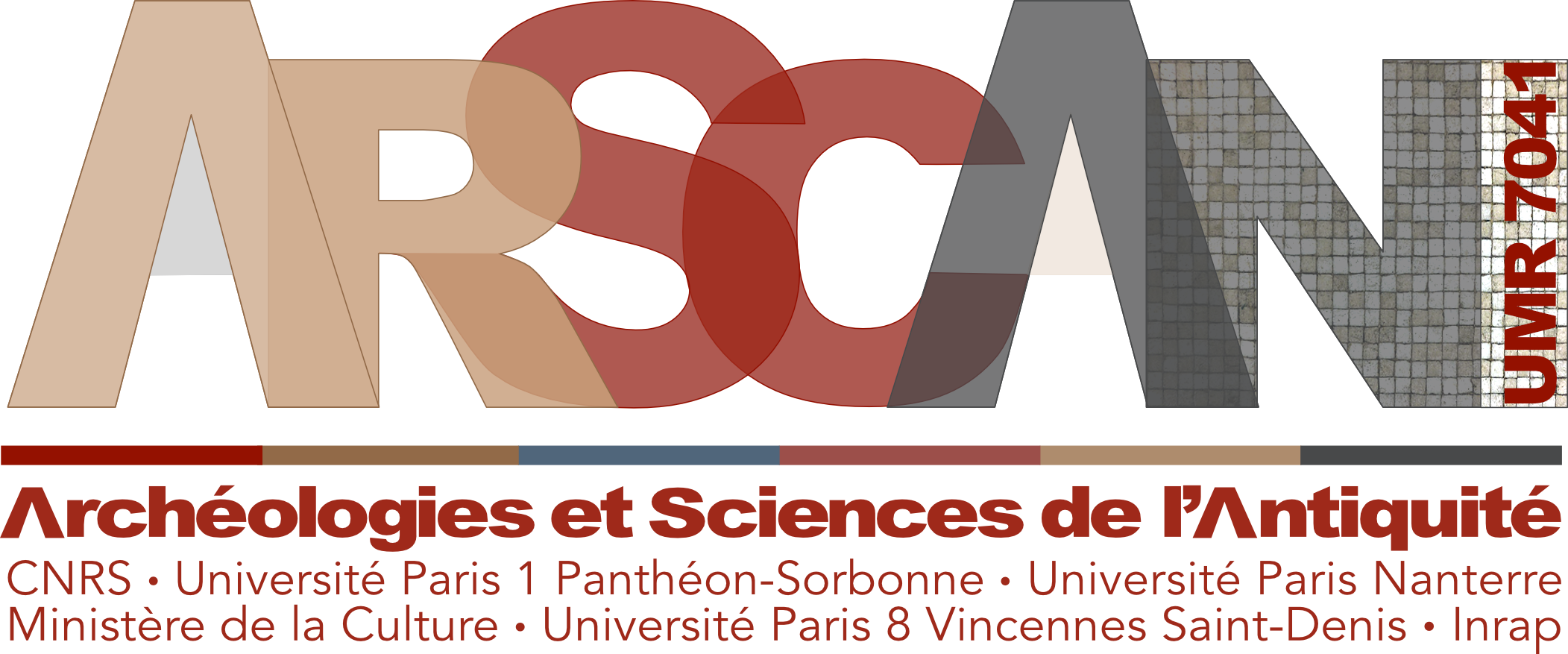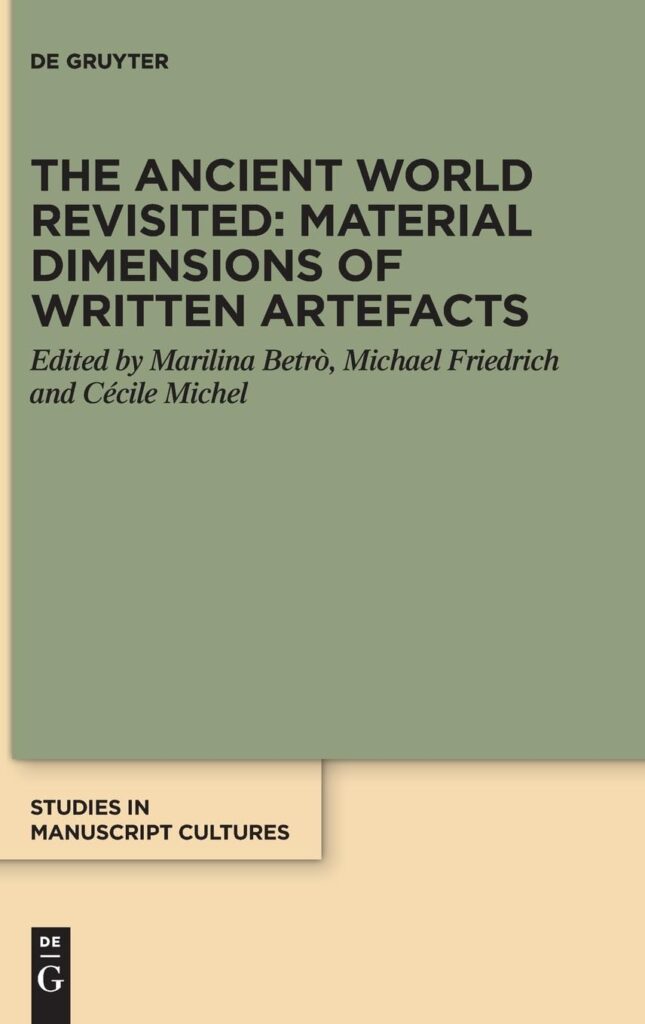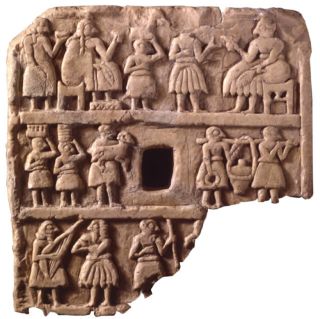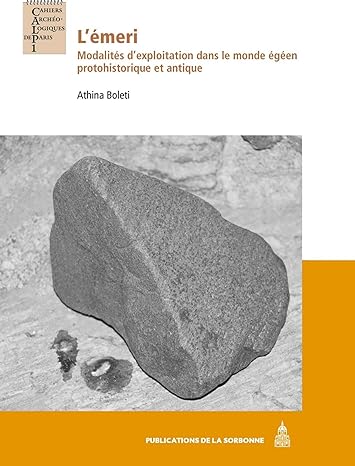The Ancient World Revisited: Material Dimensions of Written Artefacts
The Ancient World Revisited: Material Dimensions of Written Artefacts
Edited by Marilina Betrò, Michael Friedrich, and Cécile Michel In cooperation with Jesper Eidem and Gianluca Miniaci, Studies in Manuscript Cultures 37, Berlin: De Gruyter. DOI: https://doi.org/10.1515/9783111360805
Written artefacts are traditionally studied because of their content. Material aspects of these artefacts enrich the study of ancient history in many ways. Eleven case studies in five sections on the ancient world, including the Near East, Egypt, the Mediterranean, China and India, demonstrate the impact of a holistic approach that considers materiality and content alike.
Following an introductory sketch of relevant research, the first section, ‘Methodological Considerations’, critically examines the limitations the evidence available imposes on our understanding. ‘Early Uses of Writing’ addresses material and spatial aspects of inscriptions, and their communicative functions over the textual ones. The third section, ‘Material Features’, deals with clay, wooden and papyrus manuscripts and demonstrates the importance of an integrated approach. The contributions to ‘Co-presence of Written Artefacts’ take into account that written artefacts come in clusters. The final section, ‘Cultural Encounters’, presents studies on the interactions between social strata and ethnic groups, challenging previous ideas
Contents
Introduction
Michael Friedrich
Methodological Considerations
Some Mesopotamian Challenges: A History Based on Tablets Unevenly Distributed in Time and Space 31 Jesper Eidem and Cécile Michel
Epigraphy, Archaeology, and our Understanding of the Mycenaean World 49 Jorrit Kelder
Early Uses of Writing
Material, Spatial, and Social Contexts of Early Writing: Egypt and China 71
John Baines und Cao Dazhi
Aśoka and the Use of Writing in Ancient India 129
Ingo Streich
Material Features
Writing on Wood in Hittite Anatolia 165
Michele Cammarosano
The Mittanian Cuneiform Documents: The Interplay between Content, Language, Material, Format, and Sealing Practices 207
Stefano de Martino
Some Turin Papyri Revisited: A Look at Material Features and Scribal Practices 221
Susanne Töpfer
Co-Presence of Written Artefacts
Experiencing Inscriptions in Space: Extended Inscriptions of the Early New Kingdom (Qenamun – Useramun – Rekhmire) 243
Andréas Stauder
The Scholar in His House: Scribal Material in Context in Late Uruk Private Houses 281
Philippe Clancier
Cultural Encounters
Bakhtin, Gramsci, and the Materiality of the Egyptian Hieroglyphs: When the ‘Official’ Culture Leaks into the ‘Folk’ Domain 307
Gianluca Miniaci
The ‘He’ Tribe from Serabit el Khadim and the Invention of Alphabetic Writing: Can the Subaltern … Write ? 345
Ludwig D. Morenz
Contributors 369
General Index 371








